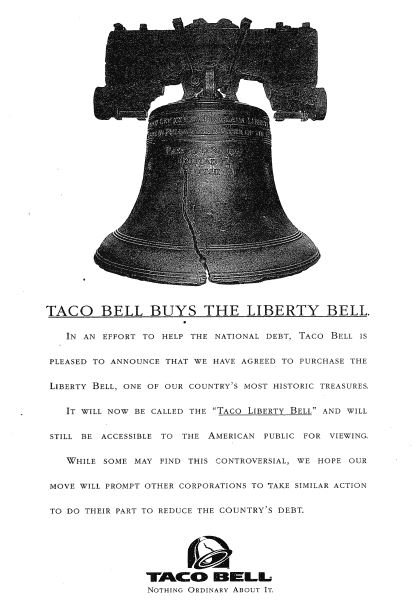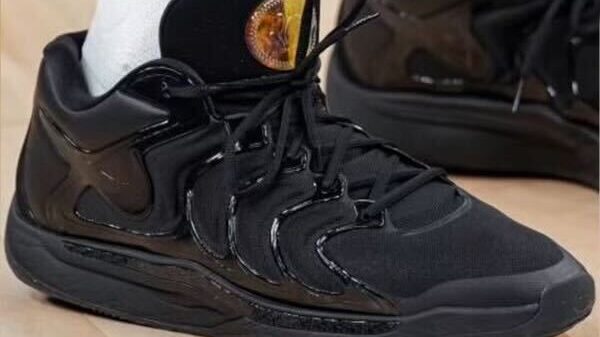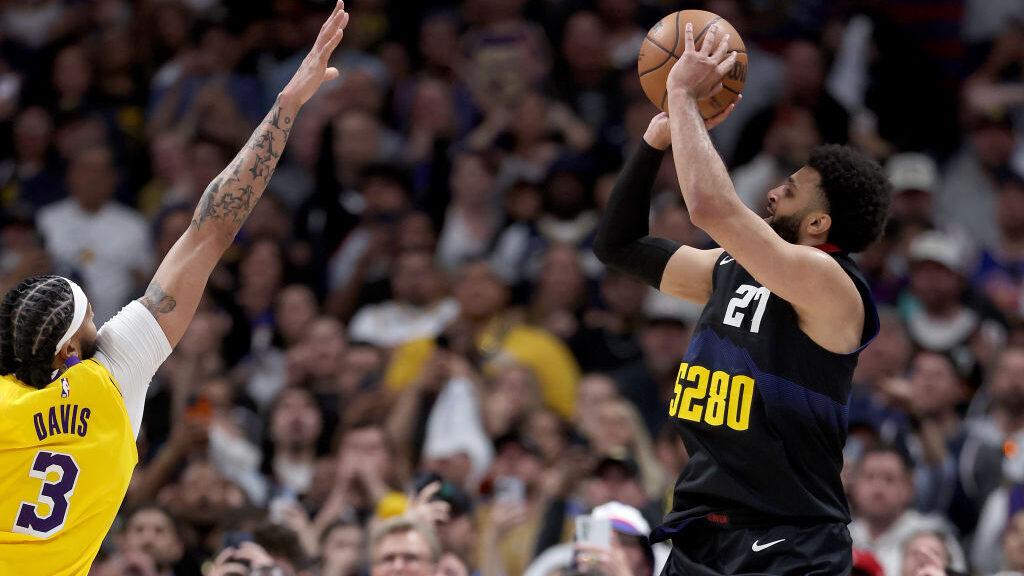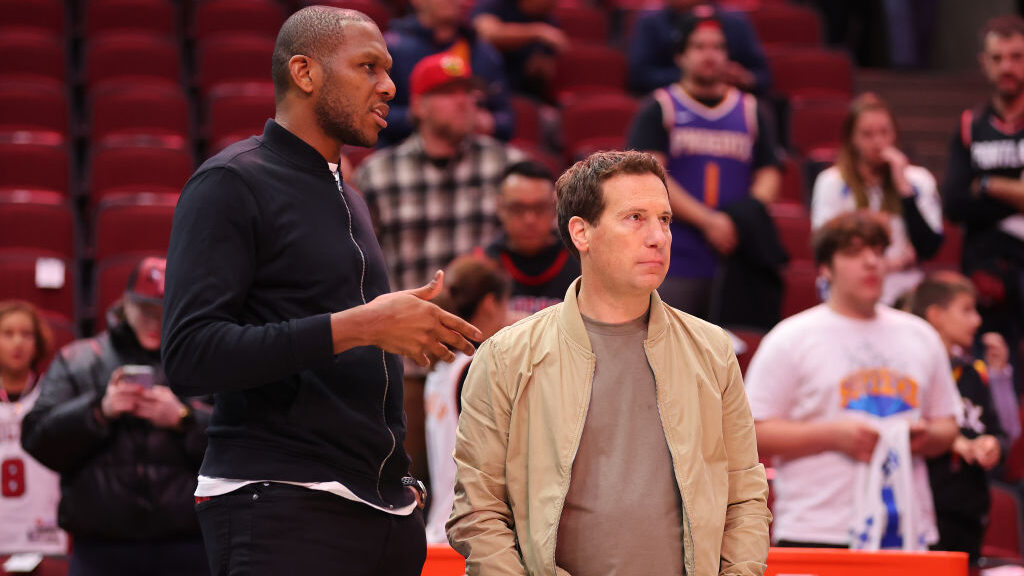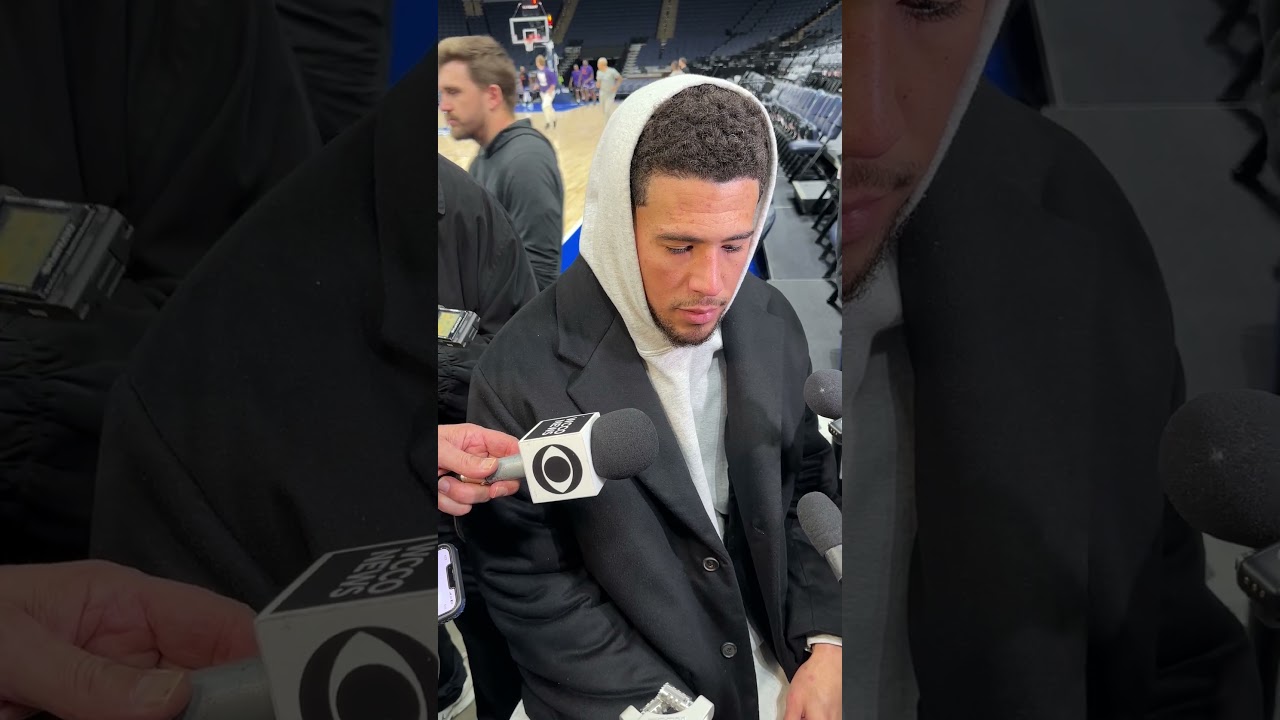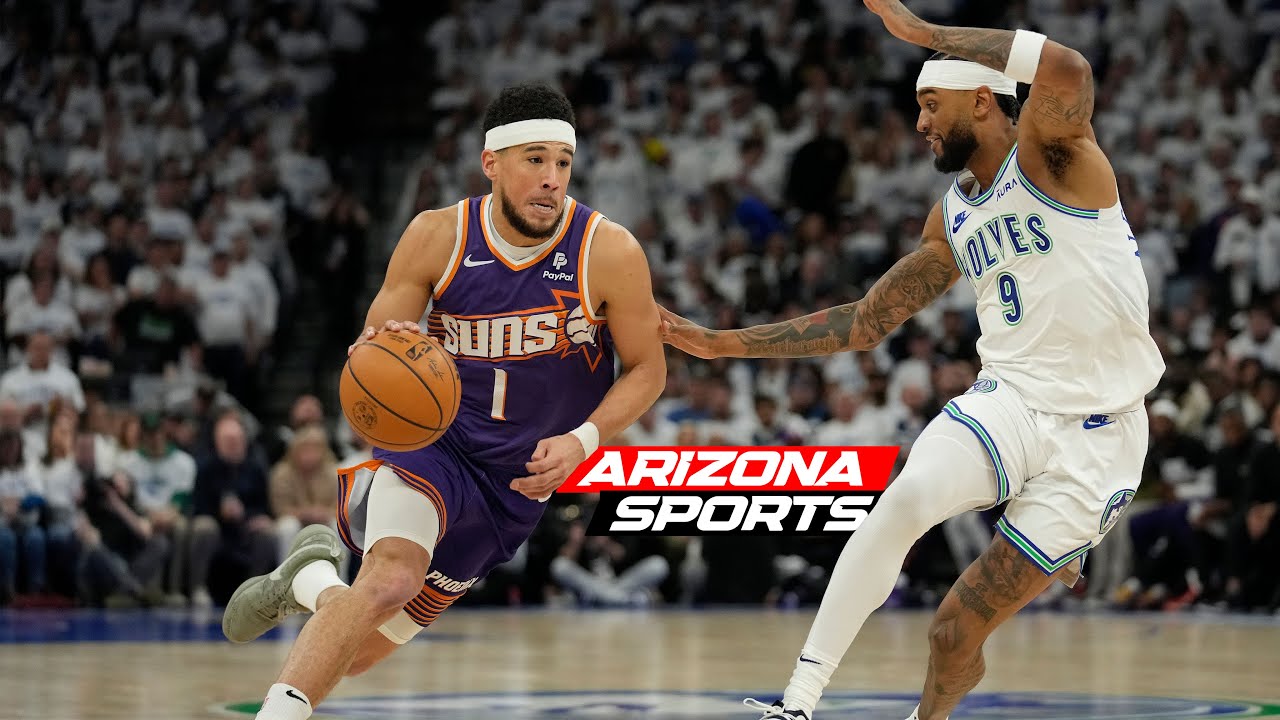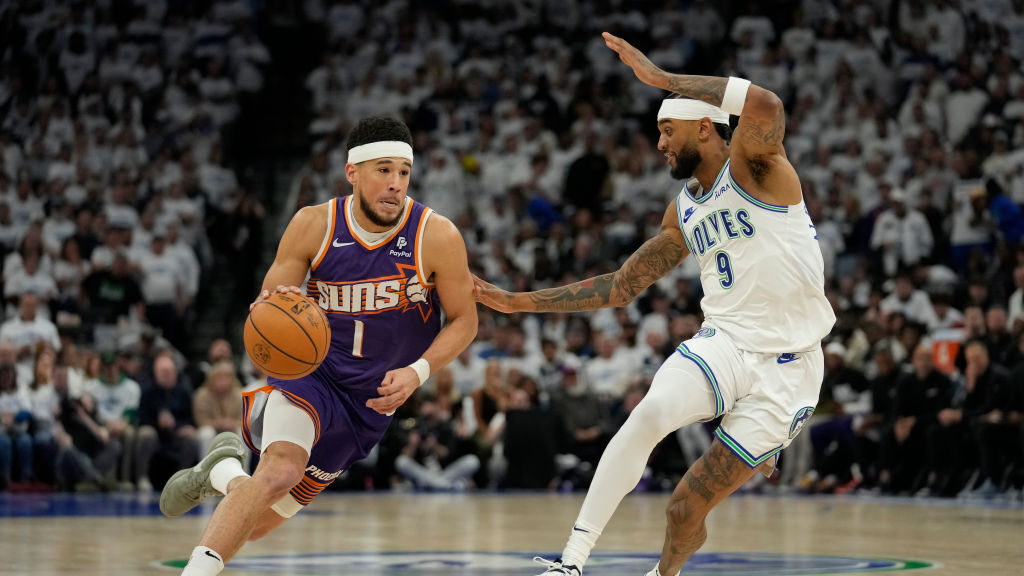Suns fans were heated about KTAR’s pay-per-listen plan on April Fools’ 1994
Apr 1, 2022, 7:51 AM | Updated: 8:53 am
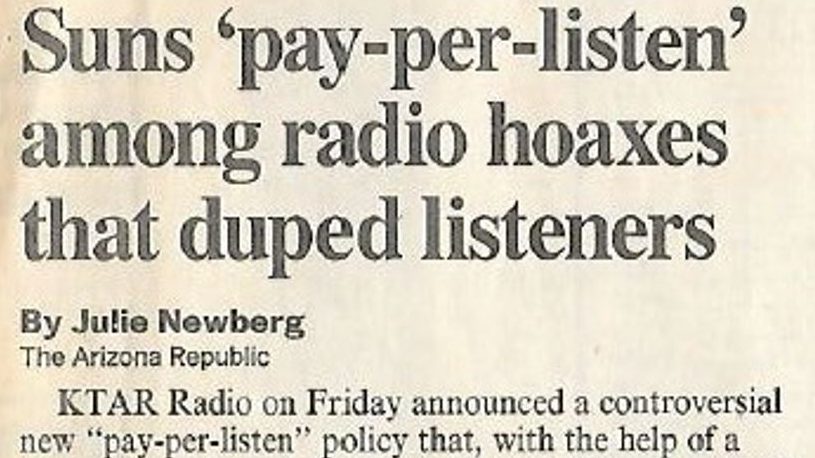
(Newspaper clipping courtesy Steve Clawson)
(Newspaper clipping courtesy Steve Clawson)
Today, it’s common to pay to watch or listen to sports events online.
In 1994, it wasn’t, and to a lot of people in Phoenix, it wasn’t a bit funny — except to KTAR reporter Steve Clawson, who cooked up an April Fools’ Day prank still talked about to this day.
Coming off their 1993 NBA Finals appearance, the popularity of the Phoenix Suns was at record levels, and Suns management saw an opportunity to increase revenues by placing a series of home games on a pay-per-view basis. Given the fact that Suns games had been on free or basic cable TV for many years, the idea of paying extra to see a marquee game against the Lakers or Celtics turned the phrase “pay-per-view” into a four-letter word among most Suns fans.
However, Clawson saw a chance to have some fun with it.
“I thought, what if we turned KTAR into pay-per-listen?” he told KTAR News 92.3 FM.
With the help of the station production staff and then-Suns CEO Jerry Colangelo, KTAR listeners tuned in on the morning of April 1 to hear a story that apparently sounded as if it was on the level. The story said KTAR had acquired technology to allow them to do pay-per-listen, and Suns fans needed to call a special phone number to sign up and give their payment information.
There was also a promotional announcement urging listeners to sign up, offering a clip of Al McCoy calling a game-winning play, only to have the call go to static. The gag even included info about collection boxes set up around the Valley where people could make convenient payments.
But once someone called the special phone number, they were told they had been the victim of an April Fools’ joke.
Even though the idea of making people pay to listen to radio broadcasts seemed ridiculous, that didn’t stop many listeners from venting frustration to the station’s switchboard.
“We got a ton of calls from people saying, ‘How dare you go to pay-per-listen,'” Clawson said. “Once they were told it was a joke, most of them took it in good humor. A few were still angry that we managed to pull one over on them.”
What impressed Clawson the most was that Colangelo, who was roundly criticized for the pay-per-view idea, was willing to go along with the gag.
“I think he was frustrated by all the abuse he was taking over pay-per-view,” Clawson adds, “but he had fun with the prank.”
And the success of the prank wasn’t limited to Phoenix.
In 1996, Taco Bell embarked on a national ad campaign for April 1, promoting that the fast-food chain was raising money to pay to repair the crack in the Liberty Bell. Taco Bell CEO John Martin appeared on NBC’s Today Show and was asked by anchor Katie Couric where he had come up with the idea.
“Mr. Martin said he had been in Phoenix a few years earlier and heard this radio station pull an April Fools’ joke called Suns pay-per-listen, and he said, ‘Hey, we have to try that,'” Clawson said
KTAR tried April Fools’ Day pranks for the next several years, including one in 1998 in which listeners were told that due to funding shortages on the newly built Bank One Ballpark, fans sitting in the upper deck would have to hand-crank the ballpark’s retractable roof open and closed.
But by then, Phoenix sports fans were wise. After pay-per-listen, they weren’t going to get taken again.


